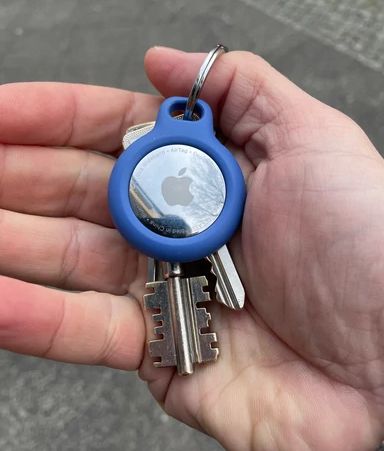AARP Hearing Center


Please tell me how to hide my age on Facebook. I’ve age-proofed my résumé but worry that people still see how old I am because of social media.
We’ve all heard the well-worn cliché about age being just a number, especially since Christie Brinkley declared that 70 years old, which she hit in February, is the new 40.


Ask The Tech Guru
AARP writer Ed Baig will answer your most pressing technology questions every Tuesday. Baig previously worked for USA Today, BusinessWeek, U.S. News & World Report and Fortune, and is author of Macs for Dummies and coauthor of iPhone for Dummies and iPad for Dummies.
But few of us have Brinkley’s fame or opportunities, and sadly, discrimination against mature adults is age-old. Forgive the pun.
I understand why you might want to conceal your birthday on the world’s largest social network. Prospective employers will look and maybe even ask you for friend status.
Despite laws that prohibit potential employers from screening out older candidates before giving them a chance to interview, age bias is real. And those who get hired may be first out the door when companies downsize.
Nearly two-thirds of workers 40 and older have experienced age discrimination at work, according to AARP Research. Of those who face it, nearly 9 in 10 consider it commonplace.
Ageism is not just a workplace thing. It’s rampant among some young people. You may even catch a whiff of it from your own kids or grandkids.
Vanity plays a part: If would-be romantic partners believe you’re younger than you are because of the way you look or behave, why dissuade them from thinking that? Granted, if a relationship progresses, you’ll need to disclose at some point how old you are.
My own late mother was tight-lipped about her age. And we all know that age has become a hot-button political issue.
Given how much of our private information is spread across the internet, if someone wants to go to the trouble of figuring out your age, the truth is that they don’t need to be much of a detective to find the answer.
You can control which of your friends see what information
Still, you can make it a little bit harder for them by not making your birthday readily available as part of your profile on Facebook.
On a computer, start by clicking your circle profile picture on the upper right corner of the screen. Click Settings & privacy | Settings and in the left rail under Meta Accounts Center, click Personal details, then Personal details a second time. Listed are the year, month and day that you were born, which you can edit if the information is wrong.
Click your Birthday | Who can see your birthday on Facebook.


































































You Might Also Like
Are Birthday Cards That Mock Aging Getting Old?
There’s a movement to put more age-positive birthday cards on the market, and it might help older adults stay healthierHow to Bare Your Body With Confidence This Summer
Not big on showing skin? Ease your way inAs You Age, Is It Time to Rethink Your Bucket List?
For National Bucket List Day, here’s how to take stock of your life goalsRecommended for You